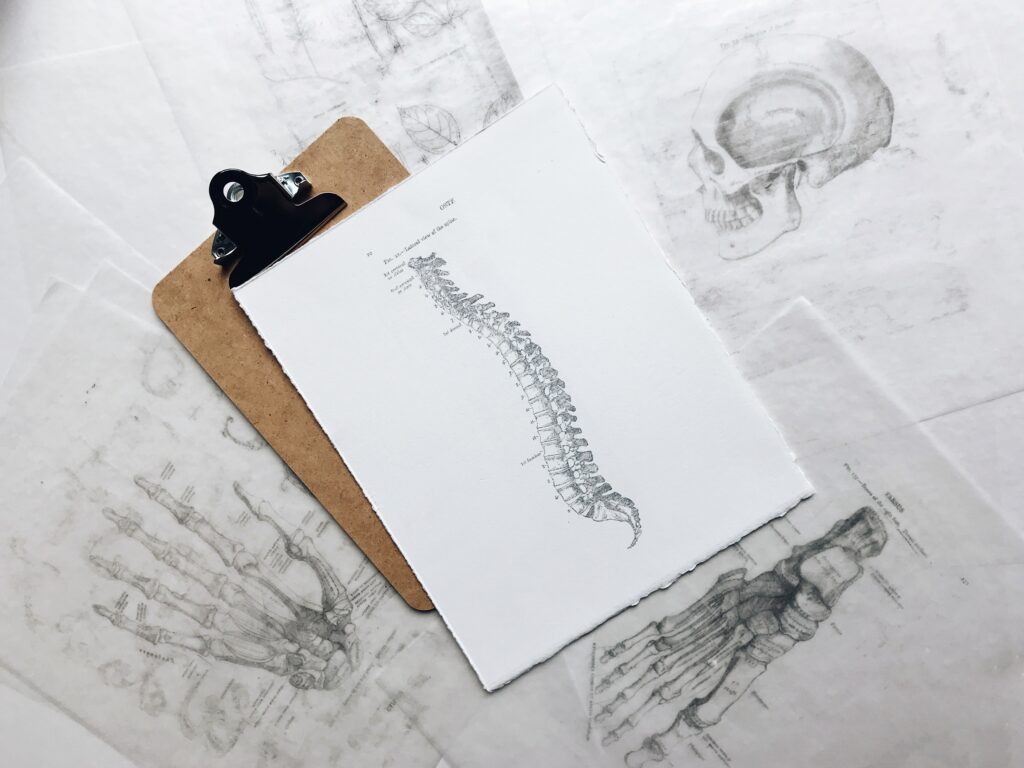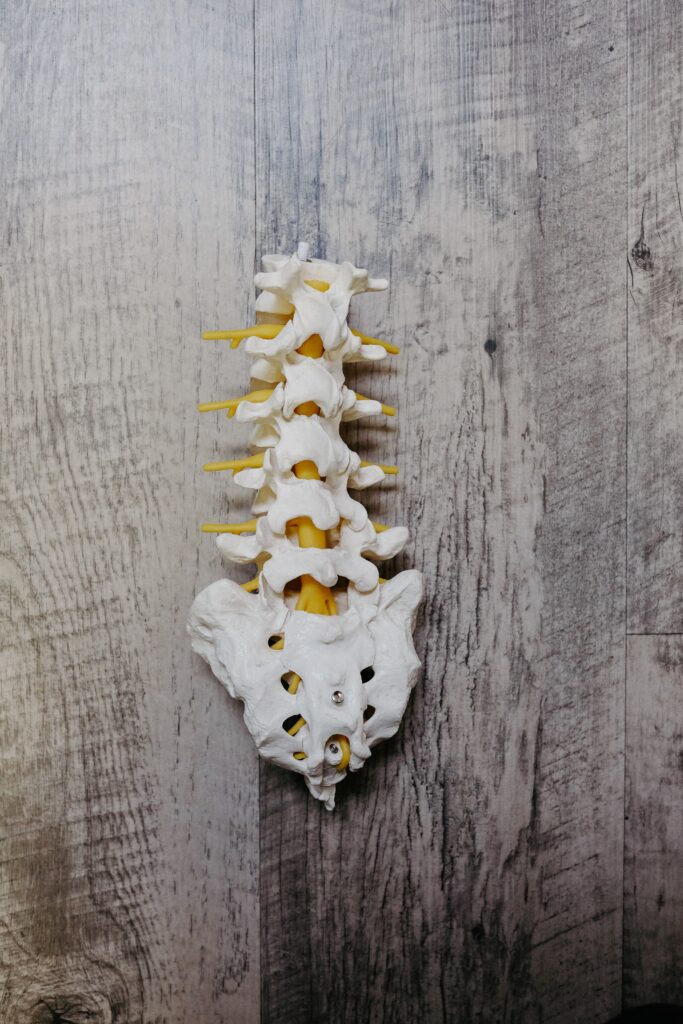Sacral Agenesis
Sacral Agenesis

What is sacral agenesis?
Sacral agenesis (also known as sacral hypoplasia) is a rare condition in which there is an abnormality in the development of the lower part of the spine. The lower extremities may be underdeveloped or even absent.
How does sacral agenesis happen?
The cause of sacral agenesis is unclear but it has a well-known association with diabetes in pregnancy. Mothers exposed to organic fat solvents, embryonal trauma, radiation, lithium salts, etc. may be at risk of having babies with sacral agenesis.
Should I have more tests done?
Sacral genesis can be diagnosed by an ultrasound scan usually in the second trimester of the pregnancy, but an earlier scan may also rarely show features suggestive of sacral agenesis.
A detailed scan of other baby’s structures is recommended to look for other abnormalities which may be associated with sacral agenesis. An echocardiogram or an MRI may also be performed to complete the fetal evaluation.
What are the things to watch for during the pregnancy?
Sacral agenesis may be associated with maternal diabetes as well as an increase in the amount of amniotic fluid around the baby. These should be looked out during the pregnancy.
What does it mean for my baby after it is born?
In continuing pregnancies, no modification of standard obstetric management is necessary and delivery can occur vaginally at term. Your child may suffer from lower limb motor deficit, urinary incontinence or sexual dysfunction.
The treatment and long term outcomes of the condition depends on the extent of the malformation, and may include orthopedic and urologic surgery. This is however only supportive since the primary disease is irreversible.
Will it happen again?
Sacral agenesis occurs sporadically but is much more common in infants born to mothers with pre-gestational diabetes. It is therefore most important to have adequate blood glucose control in the preconception period.

